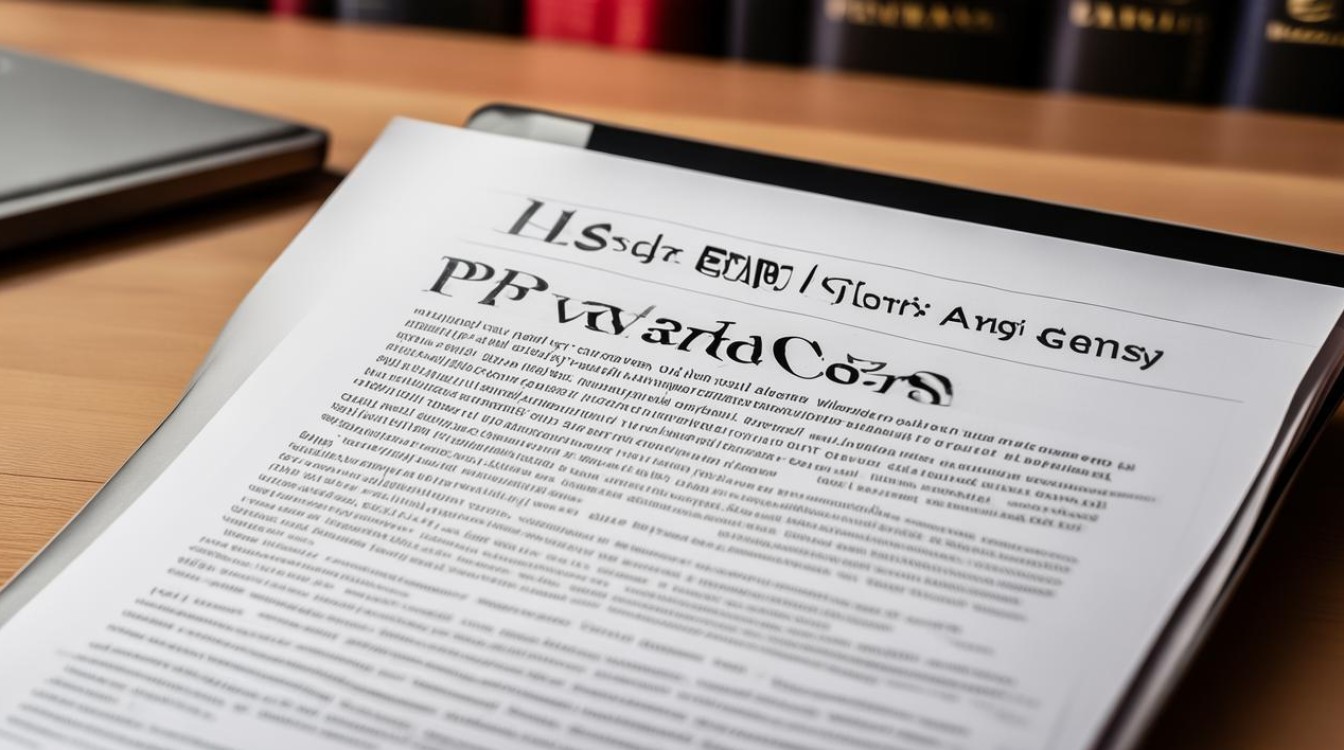雅思写作任务二常出现讨论利弊的题目,要求考生分析某一现象、政策或趋势的积极与消极影响,这类题目看似简单,但若缺乏清晰结构,容易陷入逻辑混乱或论证不充分的问题,本文将系统讲解利弊题的核心结构、论证技巧及常见误区,帮助考生高效组织观点。

利弊题的基本特征
雅思写作中,利弊题通常以以下形式出现:
- Do the advantages outweigh the disadvantages?
- Discuss the benefits and drawbacks of...
- Is this a positive or negative development?
无论题干如何变化,核心要求均为双向分析,即同时讨论正反两面,并根据题目指令决定是否需表明倾向性。
四段式结构:经典且高效
引言段:明确背景与立场
开头需简明扼要,包含三要素:
- 背景句:用1-2句话引入话题,避免直接抄袭题目。
- 改写题目:用自己的语言复述题干,展示语言能力。
- 立场句(若题目要求):如"While this trend brings certain benefits, its negative impacts are more significant."
示例(题目:远程办公的利弊):
"The rise of remote work has transformed traditional employment models in recent years. While this approach offers flexibility, its long-term effects on productivity and social interaction warrant careful analysis."
主体段1:论证优点
每段聚焦2-3个核心优势,采用观点+解释+例证的展开逻辑:
- 观点明确:首句直接点明优点(如"Remote work enhances employees' work-life balance.")。
- 解释因果:说明为何这一优势成立(如"By eliminating commutes, individuals gain more time for family or hobbies.")。
- 举例或数据:引用研究或现实案例(如"A 2022 Gallup survey showed 78% of remote workers reported higher job satisfaction.")。
主体段2:论证缺点
采用相同结构,但需注意:
- 避免绝对化:用"may lead to"而非"will cause"体现客观性。
- 平衡深度:缺点篇幅应与优点相当,除非题目明确要求侧重某方。
示例:
"On the other hand, prolonged remote work can weaken team cohesion. Without face-to-face interaction, spontaneous collaboration becomes challenging, potentially stifling innovation—a concern raised by Harvard Business Review in 2023."
结论段:重申核心观点
- 总结利弊:用1句话概括主要正反观点。
- 回应题目:若为"outweigh"题型,需明确倾向(如"Overall, the drawbacks of... appear more substantial despite its short-term benefits.")。
- 避免新观点:结论仅收束已有论证,不引入新内容。
高分论证技巧
逻辑衔接词运用
- 对比转折:However, whereas, conversely
- 补充说明:Moreover, furthermore, notably
- 因果关系:Consequently, thereby, as a result
错误示范:
"Working from home saves time. People feel happier."(缺乏连接)
优化后:
"Working from home saves commuting time, thereby allowing individuals to allocate more hours to personal well-being, which ultimately boosts happiness levels."

具体化抽象概念
将泛泛而谈的观点转化为可验证的论述:
- 模糊表述:Technology improves life.
- 具体化:Mobile health apps enable real-time monitoring of chronic conditions, reducing emergency hospital visits by 30% (WHO, 2021).
反方观点预判
针对可能存在的反驳稍作回应,展现批判性思维:
"Admittedly, some argue that remote work reduces office costs for employers. Nevertheless, the hidden expenses of cybersecurity measures and home office subsidies often offset such savings."
常见失分点
- 立场不一致:开头称"优点更多",结尾却写"缺点更严重"。
- 论据重复:用不同句式表达相同意思,如"save time"和"reduce time consumption"。
- 比例失衡:在"outweigh"题型中,倾向方论证仅占30%篇幅。
- 主观臆断:频繁使用"I think"或未证实的个人经验。
真题实战分析
以2023年真题为例: Some countries invest heavily in high-speed rail systems. Do the advantages outweigh the disadvantages?
提纲示范:

- 优点段:
- 环保效益(替代航空/公路运输,降低碳排放)
- 促进区域经济一体化(案例:日本新干线带动沿线城市发展)
- 缺点段:
- 巨额建设成本可能导致纳税人负担(对比:加州高铁项目预算超支)
- 适用性局限(地广人稀地区客流量不足)
结论倾向:长期看,优点更显著,但需合理规划。
掌握利弊题的核心在于结构化思维与精准论证,通过预先设计段落框架、积累领域相关案例,考生能在考场上快速构建有说服力的回答,雅思写作并非考察深奥知识,而是逻辑呈现能力——清晰的架构往往比华丽的词汇更能赢得高分。


